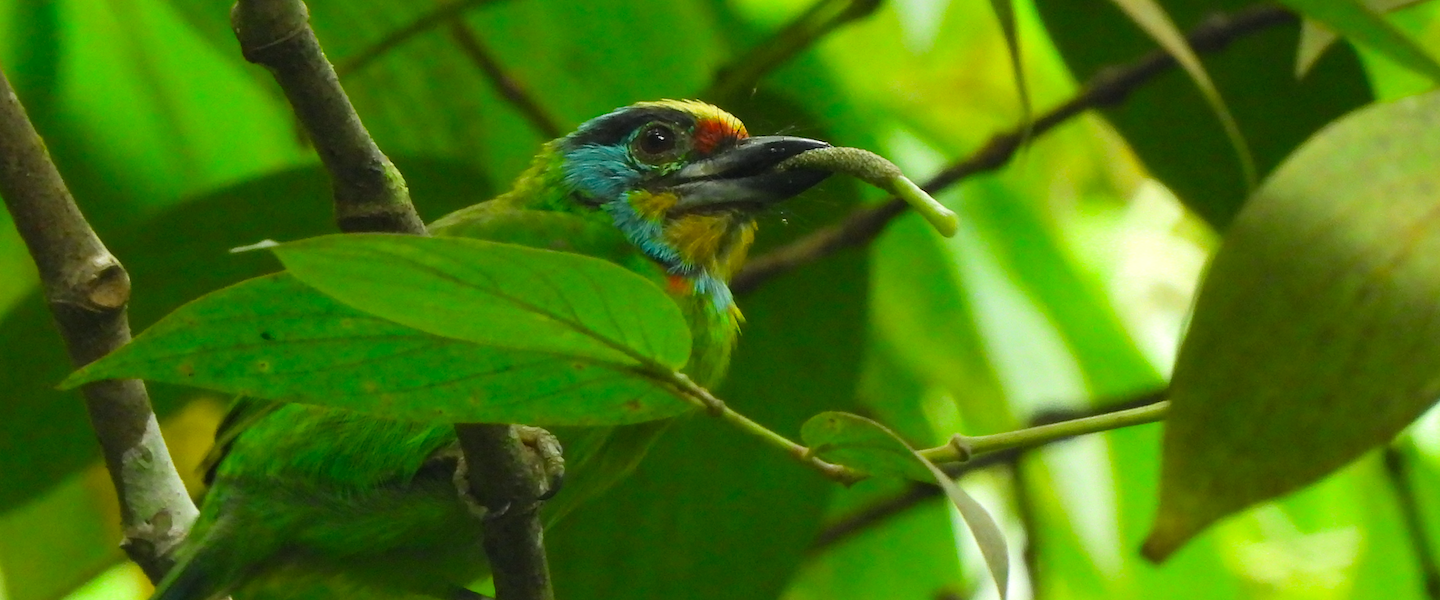The torrid temperatures of the summer make birdwatching in south Alicante less pleasant. However, Elx and Santa Pola gather numerous gems during July and August only to be enjoyed this time of the year. I recently started a series about watching birds over the seasons far north in Helsinki, where I lived for some years (read about it here). Since I now live in Elx, I will also share what is birding like in this awesome location.
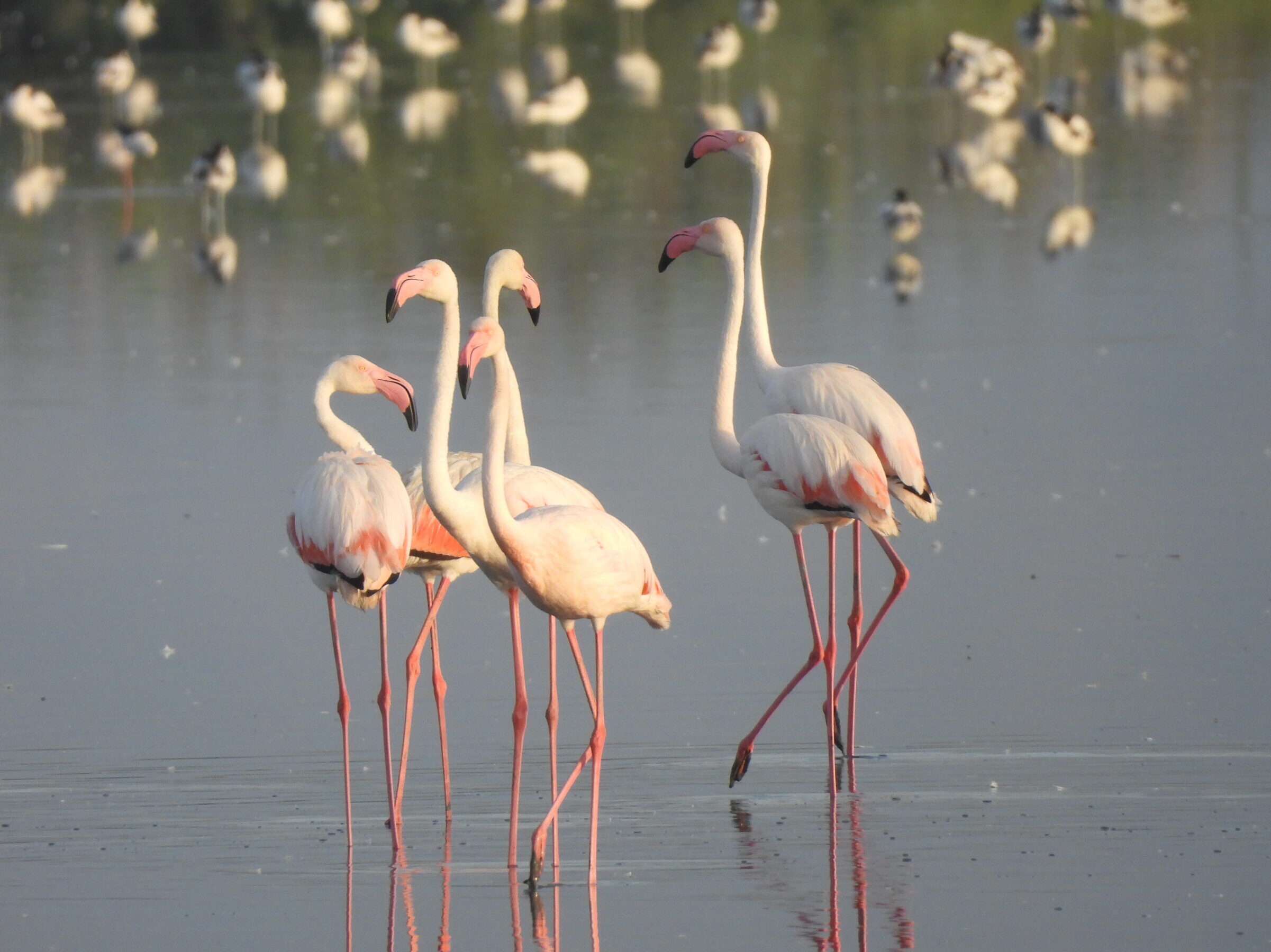
The prime birding spot in summer has to be El Hondo. This wetland offers virtually no shade for the visitor other than the birdwatching towers. However, on some years, the lagoons of the south end of the wetland hold an extremely thin water layer — coinciding with the postnuptial migration of waders, craving for this habitat to stop over on their long haul flights.
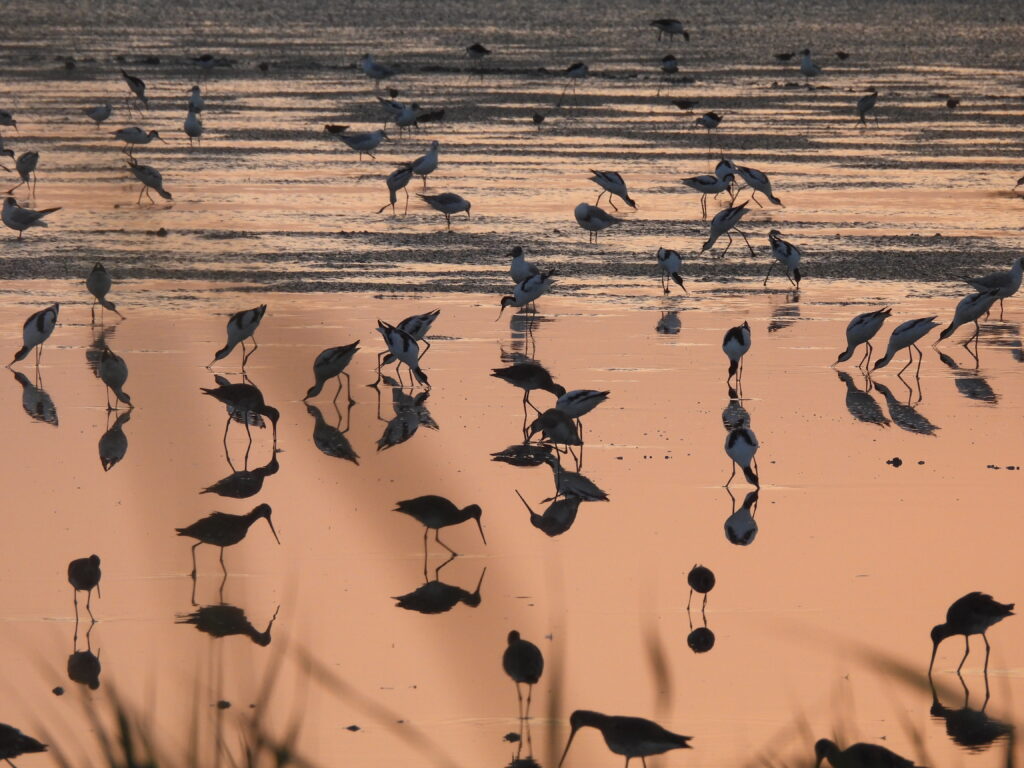
Flocks of hundreds of pied avocets (Recurvirostra avosetta), black-winged stilts (Himantopus himantopus), black-tailed godwits (Limosa limosa) forage among the also numerous flamingos (Phoenicopterus roseus) and slender-billed gulls (Chroicocephalus genei). Despite being common species, their numbers cause a splendid show, especially so under sunrise and sunset lights.
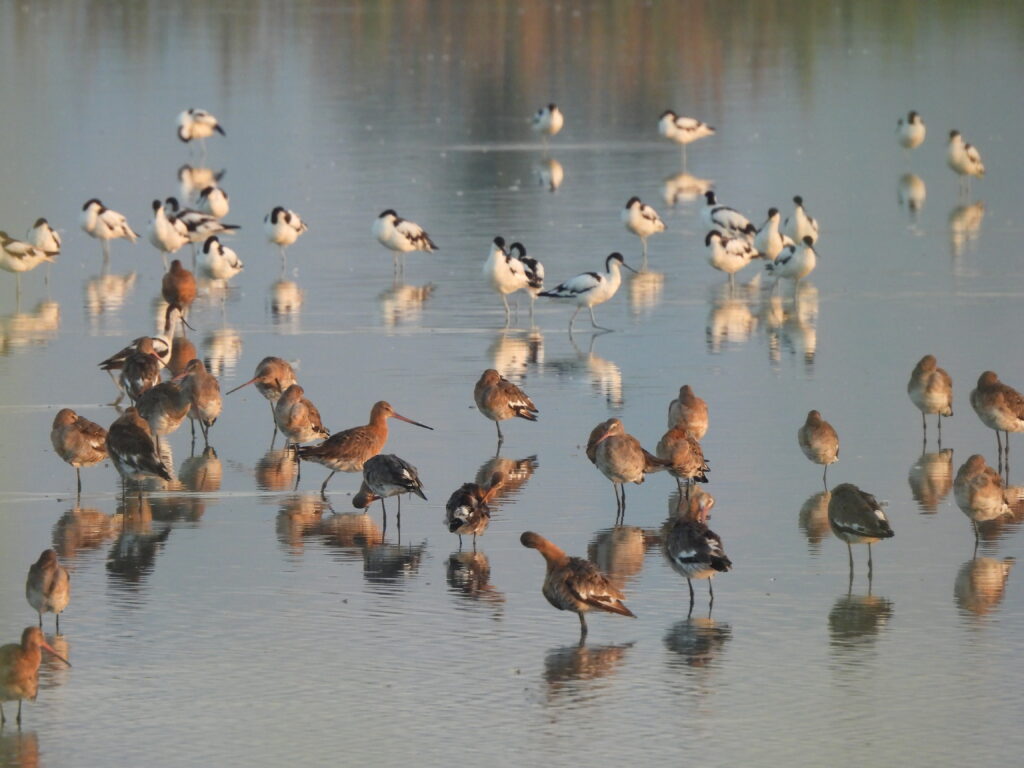
However, many other wader species are present. Curlews (Numenius arquata), whimbrels (Numenius phaeopus), adult black-bellied plovers (Pluvialis squatarola), bar-tailed godwits (Limosa lapponica), ruffs (Calidris pugnax), little ringed plovers (Thinornis dubius), Kentish plovers (Anarhynchus alexandrinus) and dunlins (Calidris alpina) can often be found in more modest numbers among these large flocks of waders. Small groups of curlew sandpipers (Calidris ferruginea) usually hold some of their gorgeous brick red plumage at this time of the year.
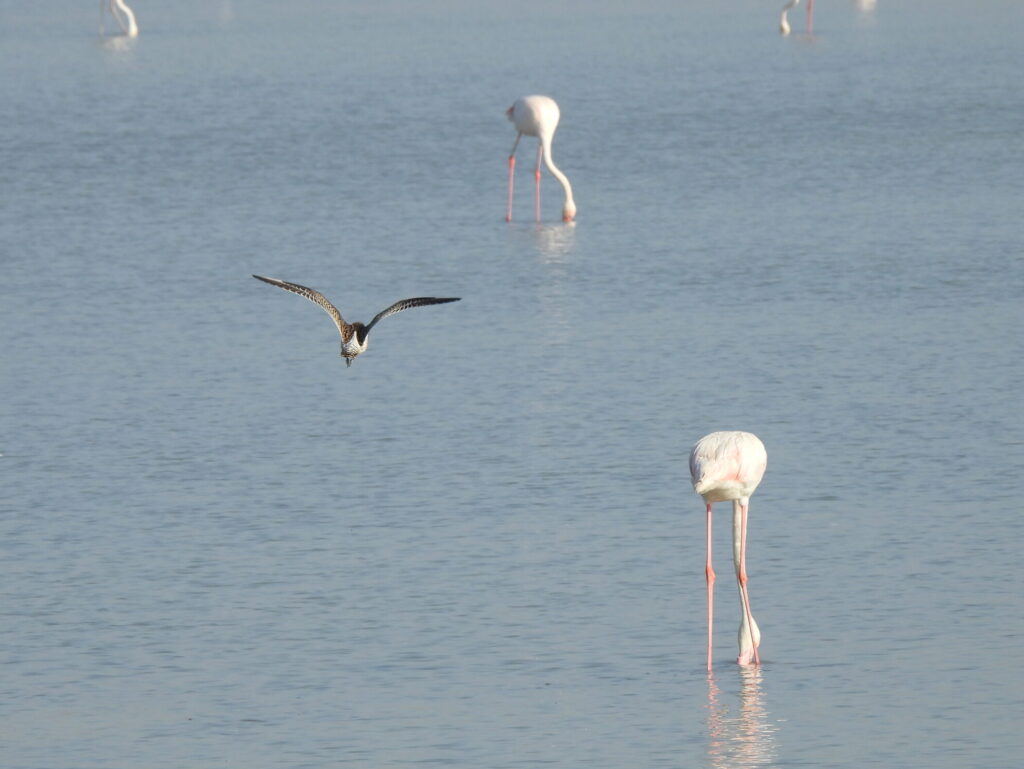
Summer is the best time of the year to complete all the regular “tringas” in Spain. Common redshanks (Tringa totanus) and greenshanks (Tringa nebularia) are generally quite abundant, as so can be spotted redshank (Tringa erythropus) on some occasions — sporting all sorts of moult patterns. Wood sandpipers (Tringa glareola) and green sandpipers (Tringa ochropus) regularly forage alone in the distant shores of the lagoon.
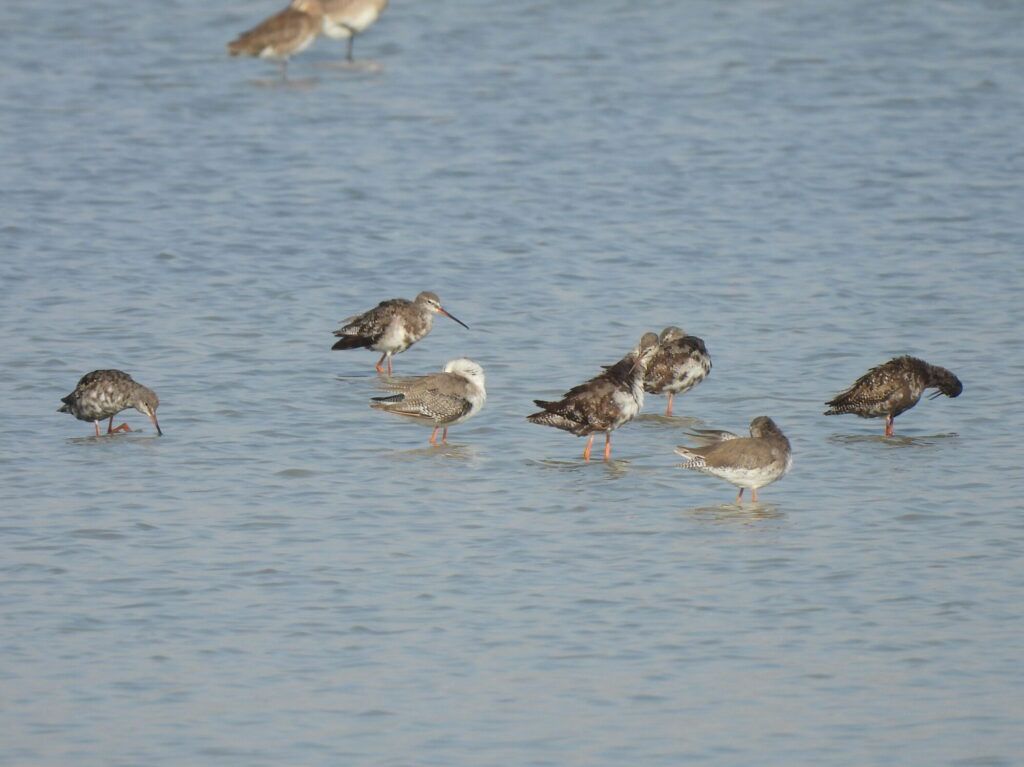
And finally, small numbers of marsh sandpipers (Tringa stagnatilis), the scarcest of them all, regularly show up on these lagoons for few weeks and sometimes obliging at close distances. El Hondo is perhaps the best place to see this uncommon species in the whole Valencian Community.
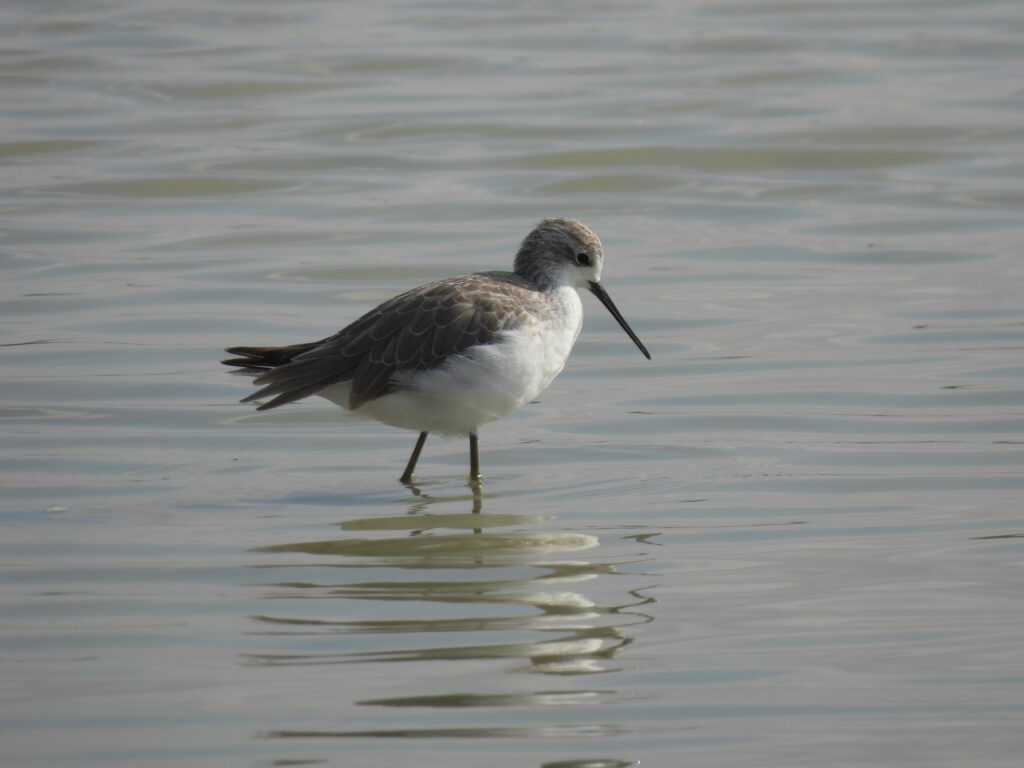
While scoping for all these stunners, flocks of glossy ibises (Plegadis falcinellus), whiskered terns (Chlidonias hybrida), black-headed gulls (Chroicocephalus ridibundus) and collared pratincoles (Glareola pratincola) fly past. The water levels can also favor the presence of small flocks of the localized marbled duck (Marmaronetta angustirostris), while shelducks (Tadorna tadorna) are always around.
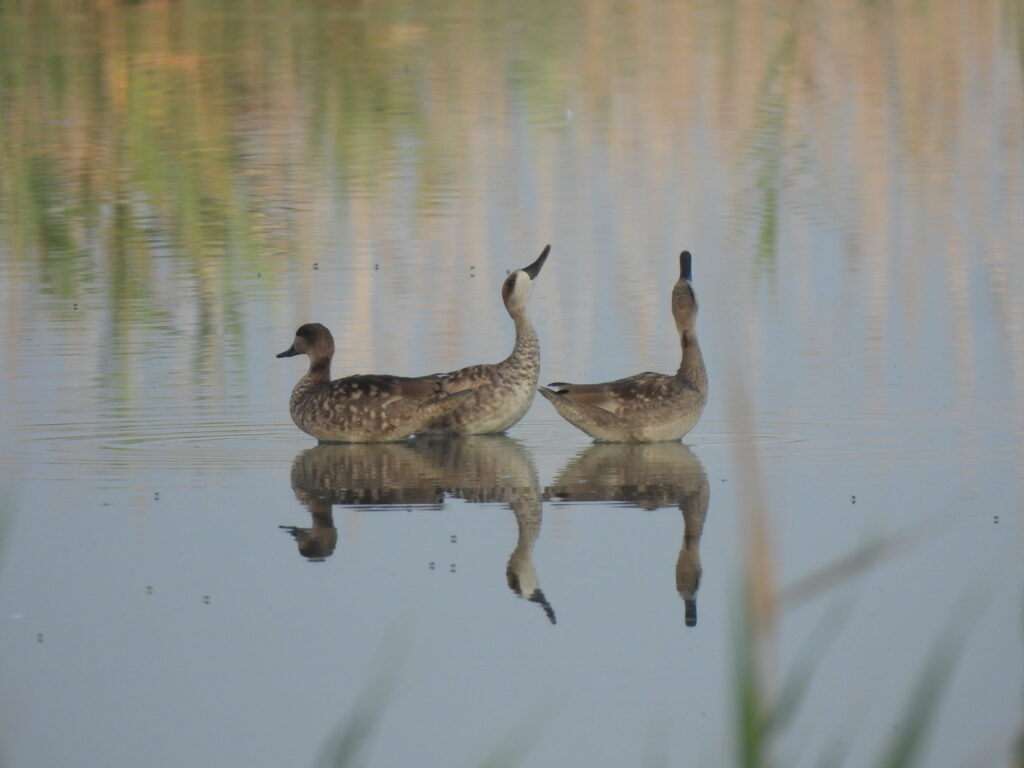
This spot and time of the year seems quite positive to get good views of the elusive water rail (Rallus aquaticus) — which is definitely abundant all year round but rarely seen. Not only are the fearless fledglings easier to see, but adults seem to be less wary under the scorching heat of summer.

Another summer migrant is always a great sight on every visit to the wetland, although not a bird. The plain tiger (Danaus chrysippus) has progressively established in El Hondo in summer over the last decades, and is today an usual sight of any summer outing there. In recent years, individuals of the form “alcippus” original from farther south in the Sahara desert and Sahel, displaying a large white spot in the rear wings, are also reaching El Hondo every summer.
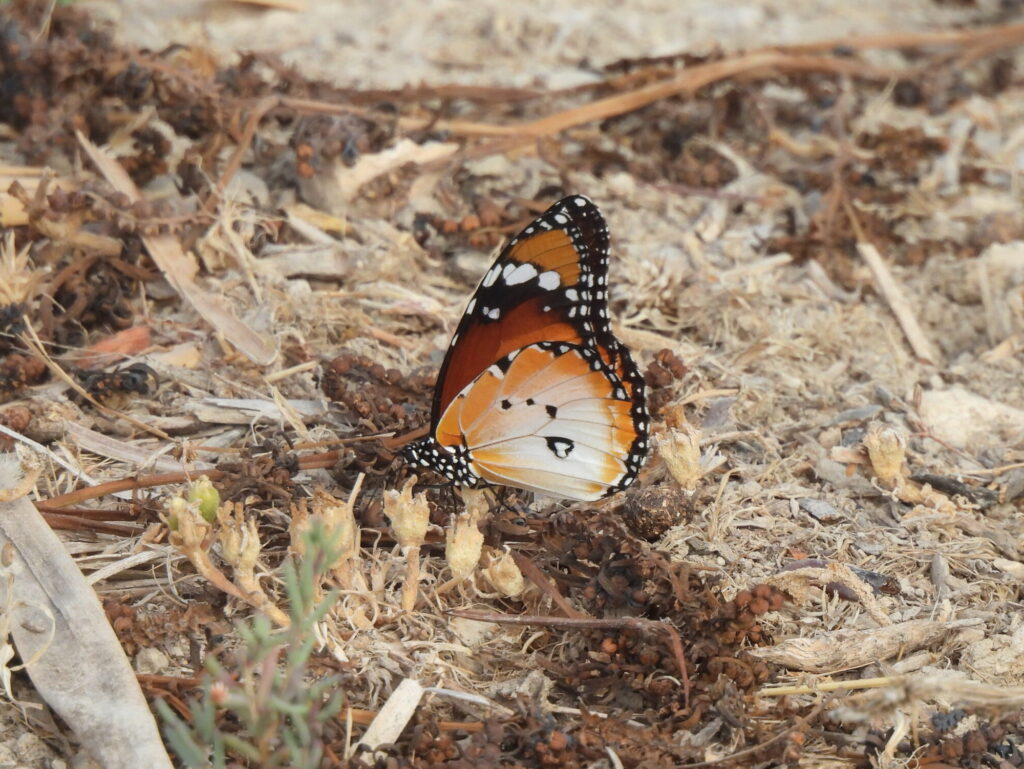
Beyond all this diversity, one species stands above them all as the jewel of the south of Alicante, with a healthy population around El Hondo. The stunning European roller (Coracias garrulus) favors palm tree holes to make their nests and breed over the short span they spend in the region, drawing the attention of local and foreign birdwatchers alike. Numerous stakeouts are known, including Ermita de San Francisco de Asís — a ruined hermitage between Elx and Santa Pola where up to two pairs nest in holes on the wall.

Such place is a fantastic pitch stop on the way to the other best location on the summer months. The saltpans of El Pinet in Santa Pola host most of the bird activity of the area right next to the sea. This includes a breeding colony of tens of slender-billed gulls, Mediterranean gulls (Ichthyaetus melanocephalus), common terns (Sterna hirundo), gull-billed terns (Gelochelidon nilotica), little terns (Sternula albifrons), Sandwich terns (Thalasseus sandvicensis) and collared pratincoles.
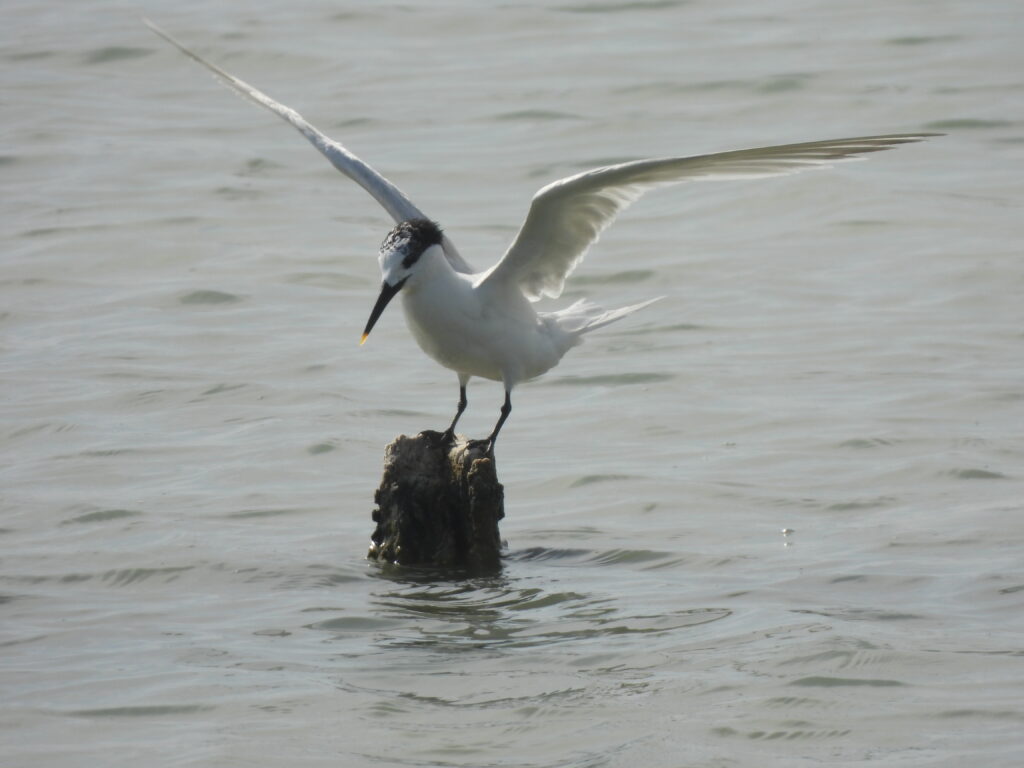
This nesting bonanza is only recent, as the colony lies on artificial islands built after efforts from the local environmental NGO AHSA (see their website here). AHSA carefully follows the extreme fluctuations of numbers of the different species breeding in El Pinet, seemingly dependent on the weather conditions. The collective monitoring effort has resulted in the discovery of different individuals of the vagrant elegant tern (Thalasseus elegans), with breeding grounds restricted to the Pacific coast of Mexico, showing up for the first time in 2016 and yearly since, attempting to breed on several occasions among the Sandwich tern colony. Moreover, sporadic records of different species of vagrant terns have been recorded in El Pinet in the summer ever since the colony is present.
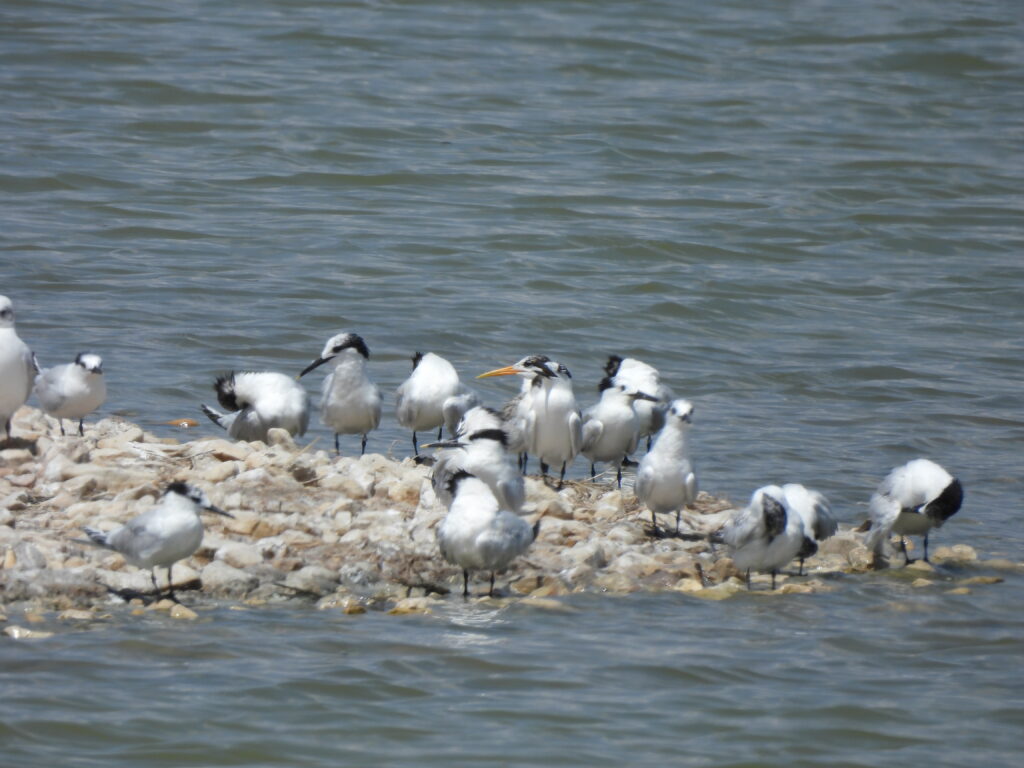
These efforts have been also positive to document the progredsive establishment of El Pinet as an important location in the migratory routes of the black tern (Chlidonias niger). This species is increasingly scarce elsewhere in the region, but gathers in flocks of dozens over the summer in the islands of El Pinet.
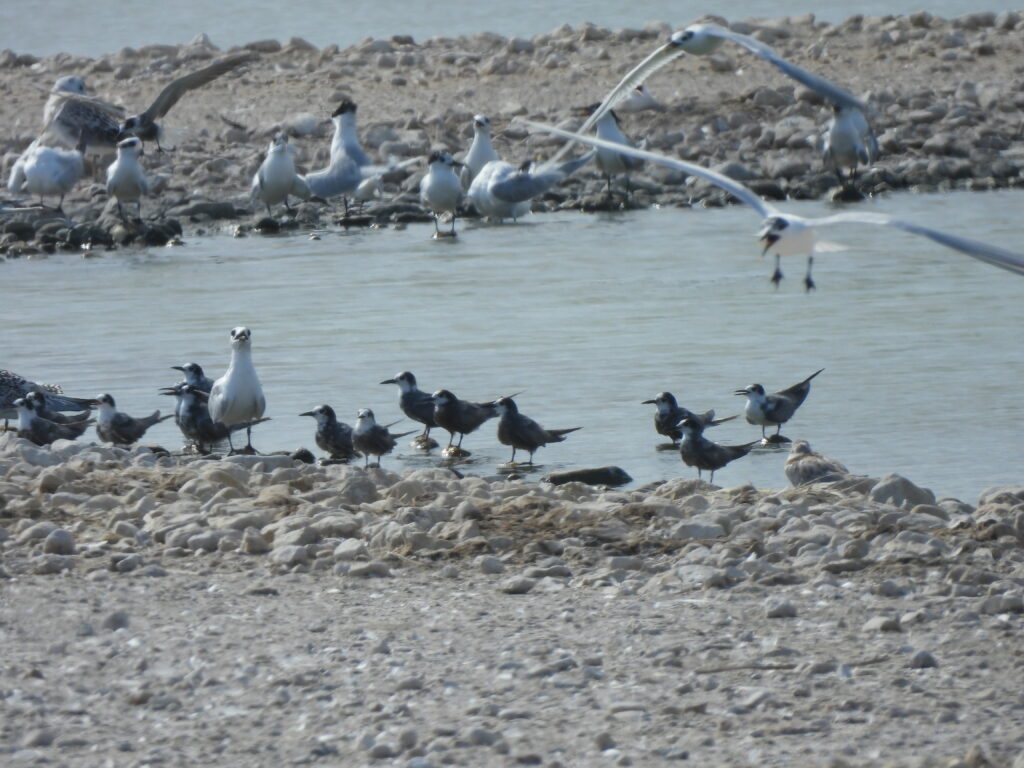
Another location of interest is Elx reservoir, lying north of the city. The tamarisk woods following the course of Vinalopó river are the prime habitat of a scarce and localized summer visitor, the skulky western olivaceous warbler (Iduna opaca), which is always fun to look for. Black wheatears (Oenanthe leucura) along the river and white-headed ducks (Oxyura leucocephala) and other waterfowl add up to the party, which often culminates at dusk with flocks of up to hundreds of pallid swifts (Apus pallidus) swarming over the water surface, and the calls of red-necked nightjars (Caprimulgus ruficollis).
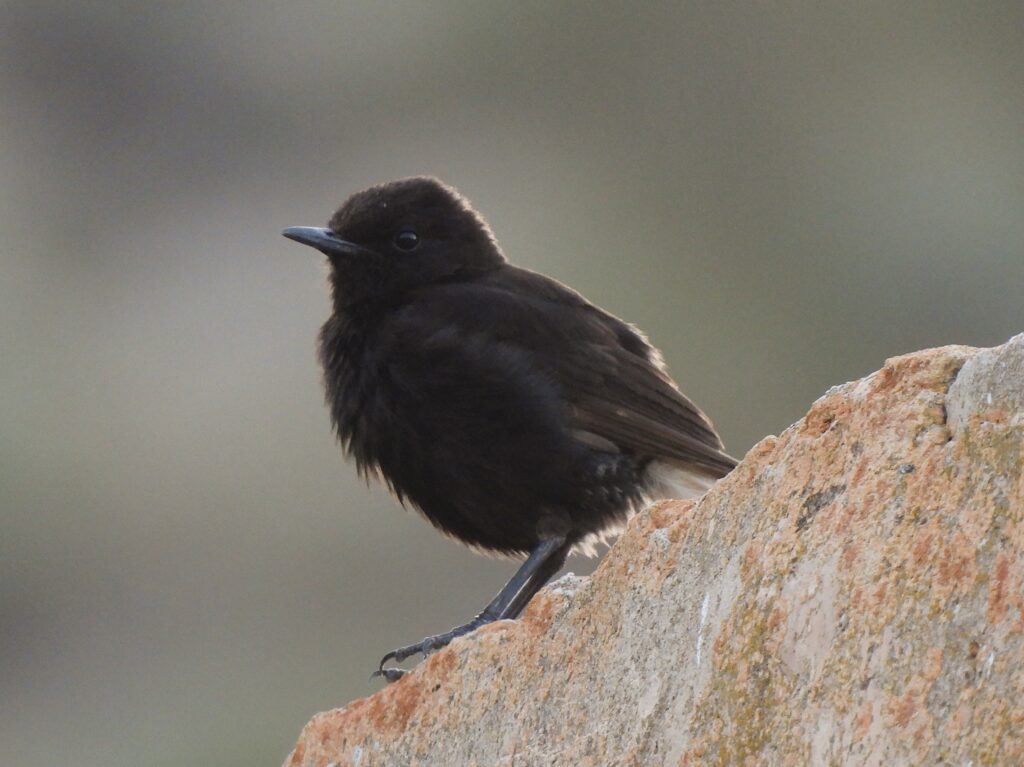
In our area, July and August are known to be the months with the highest potential of mega vagrant waders showing up, which might be acting on my mind as an incentive to try to pay more attention to the wetlands. In addition, environmental conditions are only some years good enough to provide with such a diversity of waders — and this 2025 is one of those. I will keep on enjoying the spectacular show of El Hondo for as long as it lasts.

